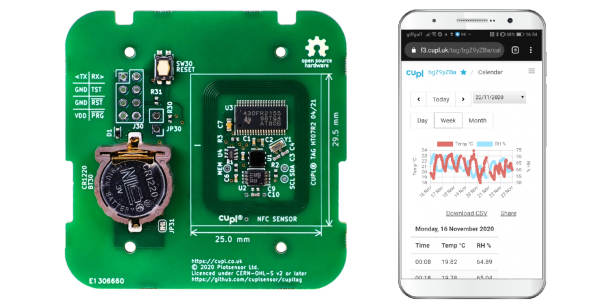YouTube does a pretty good job of making itself a target for criticism, but one thing you can say about their algorithms: when they work, they really work. Case in point, the other day I found a suggestion in my feed for a very recent video about salvaging a shipwreck. I can’t begin to guess what combination of view history and metadata Google mined to come to the conclusion that I’d be interested in this video, but they hit the nail on the head.
But more importantly, their algorithmic assessment of my interests must have been a goldmine to them — or it could have been if I didn’t have a minefield of ad blockers protecting me — because I fell down a rabbit hole that led me to a bunch of interesting videos. As it turns out, the shipwreck in that first video was of a cargo ship that was carrying thousands of brand-new automobiles, which were all destroyed in the fire and subsequent capsizing of a “roll-on/roll-off” (RORO) vessel off the coast of Georgia (the state, not the country) in 2019.
Thus began my journey into RORO vessels, on which automobiles and other bulky cargo are transported around the world. And while my personal assessment of the interests of Hackaday readers probably is not as finely tuned as Google’s algos, I figured there’s a better than decent chance that people might enjoy tagging along too.
Continue reading “RORO Vessels: Driving Cars Across The Ocean”













